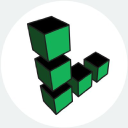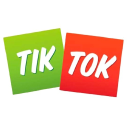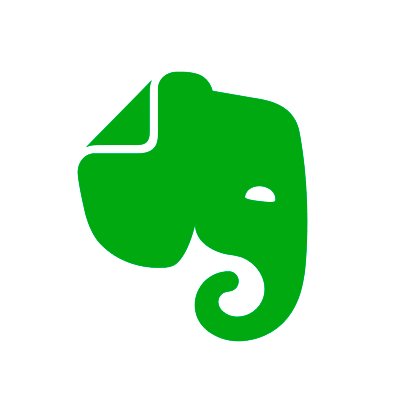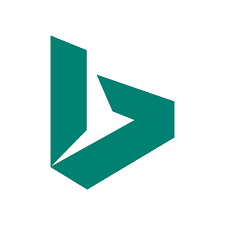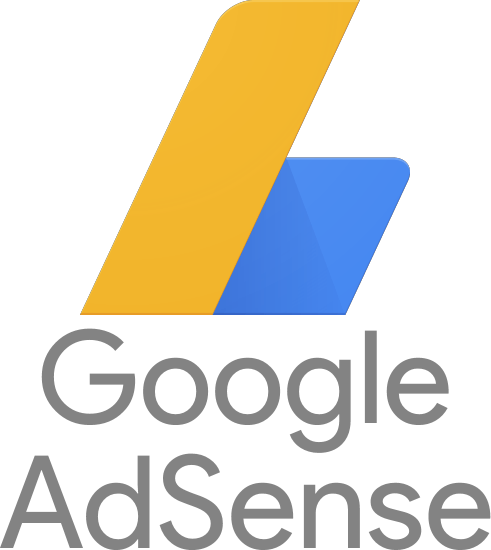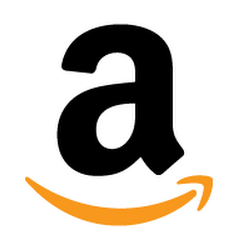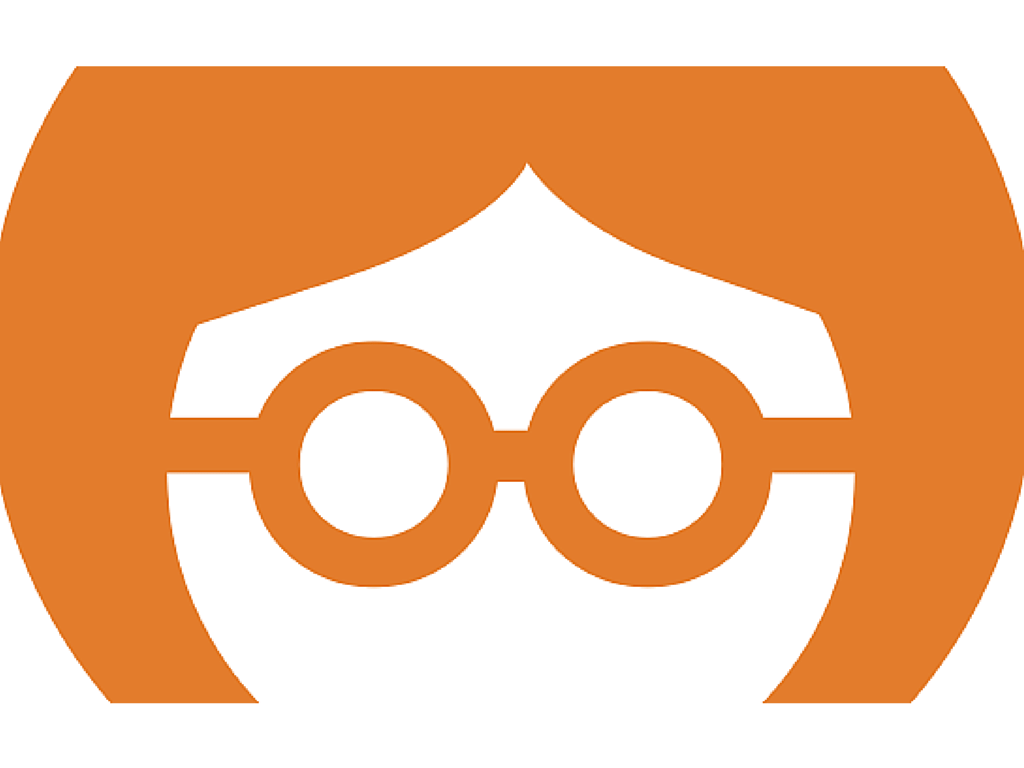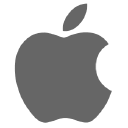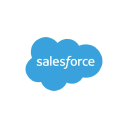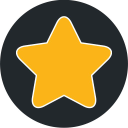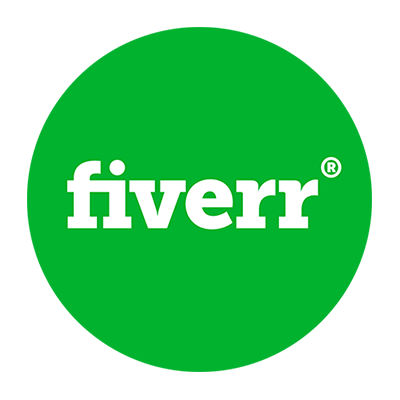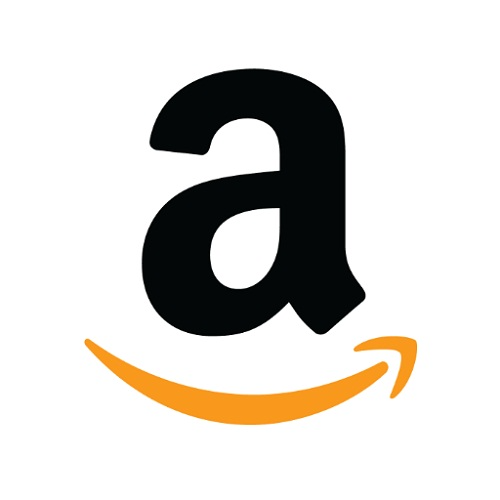How I Turned Arts & Crafts Into A $7M Content Business
Hello! Who are you and what business did you start?
Hello, my name is Stuart Hochwert and I’m the founder of Prime Publishing LLC. We operate 60+ cooking and crafting websites, communities, and content newsletters, including the popular websites FaveCrafts.com, MrFood.com, and AllFreeCrochet.com.
Our free websites create, aggregate, and review craft projects and recipes, and our email newsletters deliver engaging content to our readers every day. Our goal is to create five minutes of fun for our readers every day. These websites and newsletters are free for the consumer and are advertising supported, like much of the internet, radio, and TV.
We also create premium print and digital books and magazines in knitting, crochet, sewing, recipe, rug hooking, and bird carving content areas. These premium products are sold to consumers directly, through Apple, craft stores, and Amazon. Our digital products have no ads.
We generate more than 30 million monthly pageviews and have more than 3.9 million active email newsletter subscribers.
For our first ten years,...

Download the report and join our email newsletter packed with business ideas and money-making opportunities, backed by real-life case studies.

Download the report and join our email newsletter packed with business ideas and money-making opportunities, backed by real-life case studies.

Download the report and join our email newsletter packed with business ideas and money-making opportunities, backed by real-life case studies.

Download the report and join our email newsletter packed with business ideas and money-making opportunities, backed by real-life case studies.

Download the report and join our email newsletter packed with business ideas and money-making opportunities, backed by real-life case studies.

Download the report and join our email newsletter packed with business ideas and money-making opportunities, backed by real-life case studies.

Download the report and join our email newsletter packed with business ideas and money-making opportunities, backed by real-life case studies.

Download the report and join our email newsletter packed with business ideas and money-making opportunities, backed by real-life case studies.

